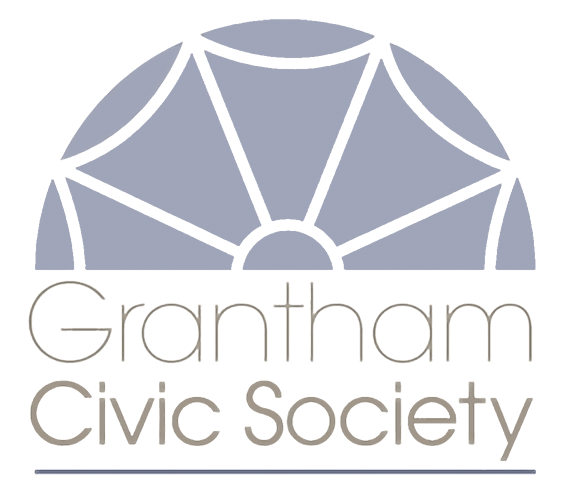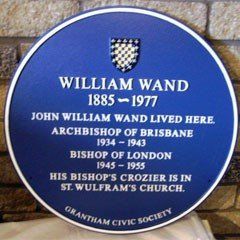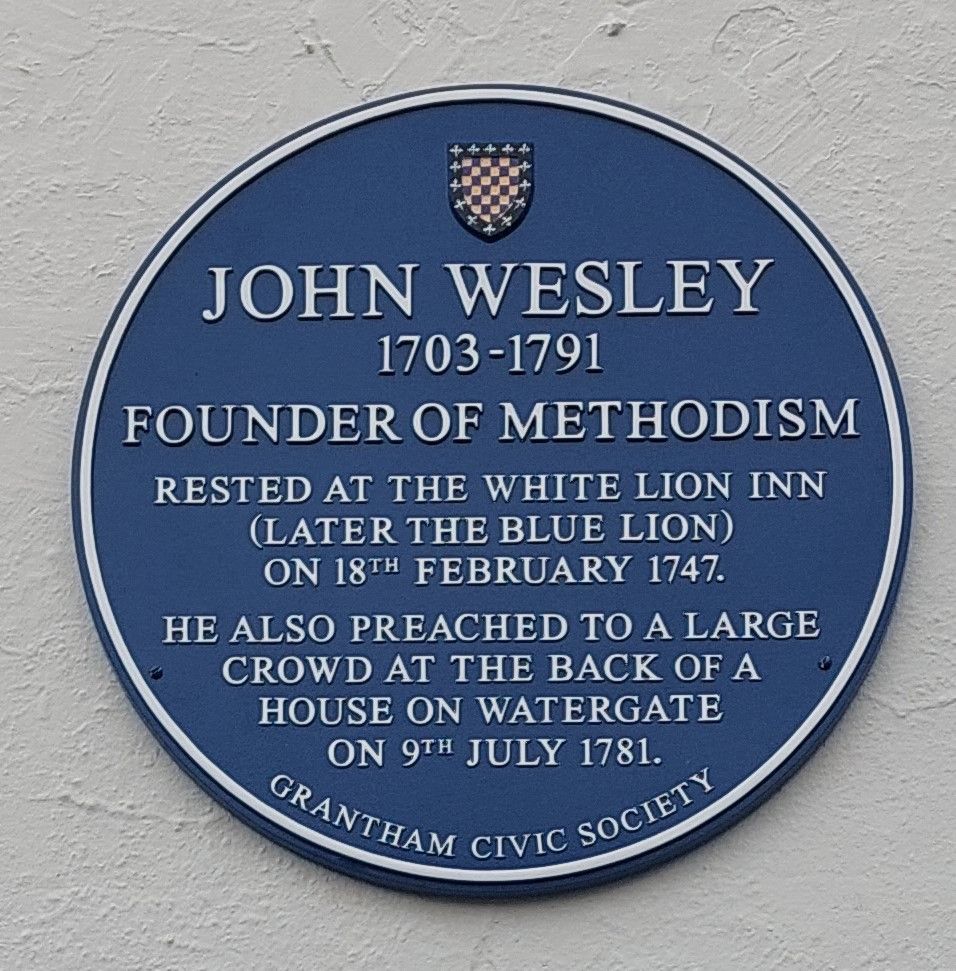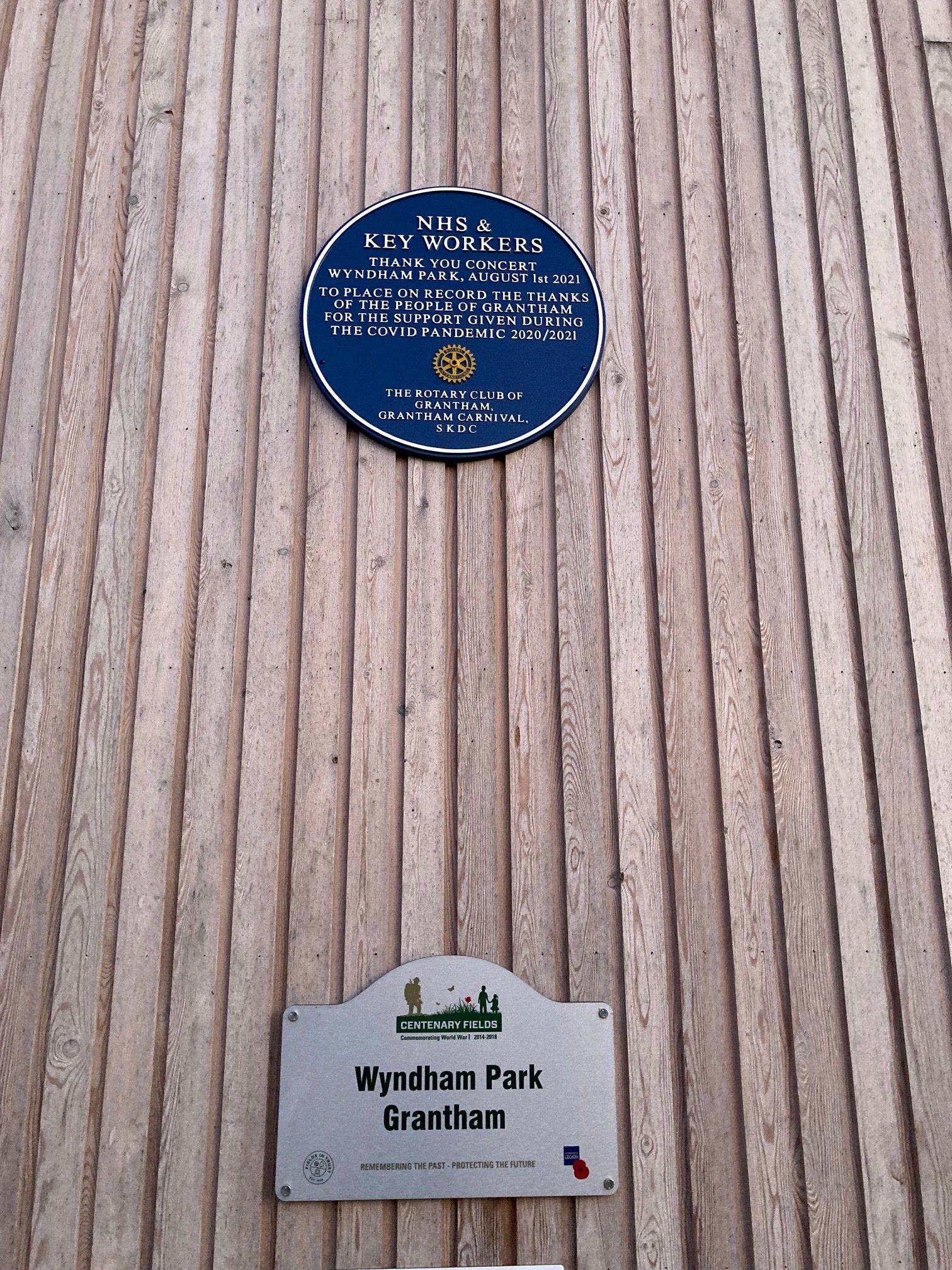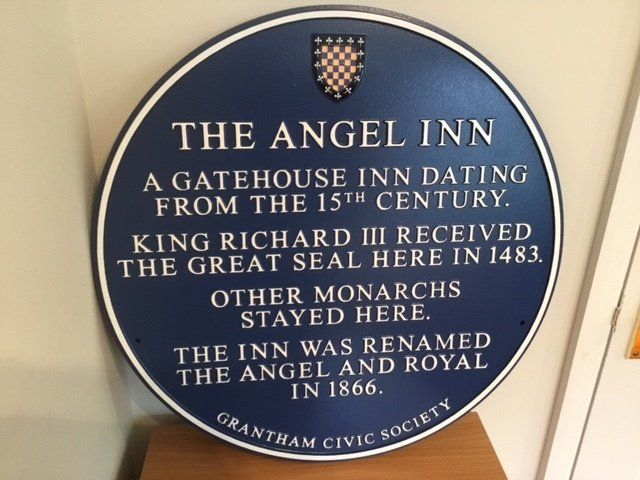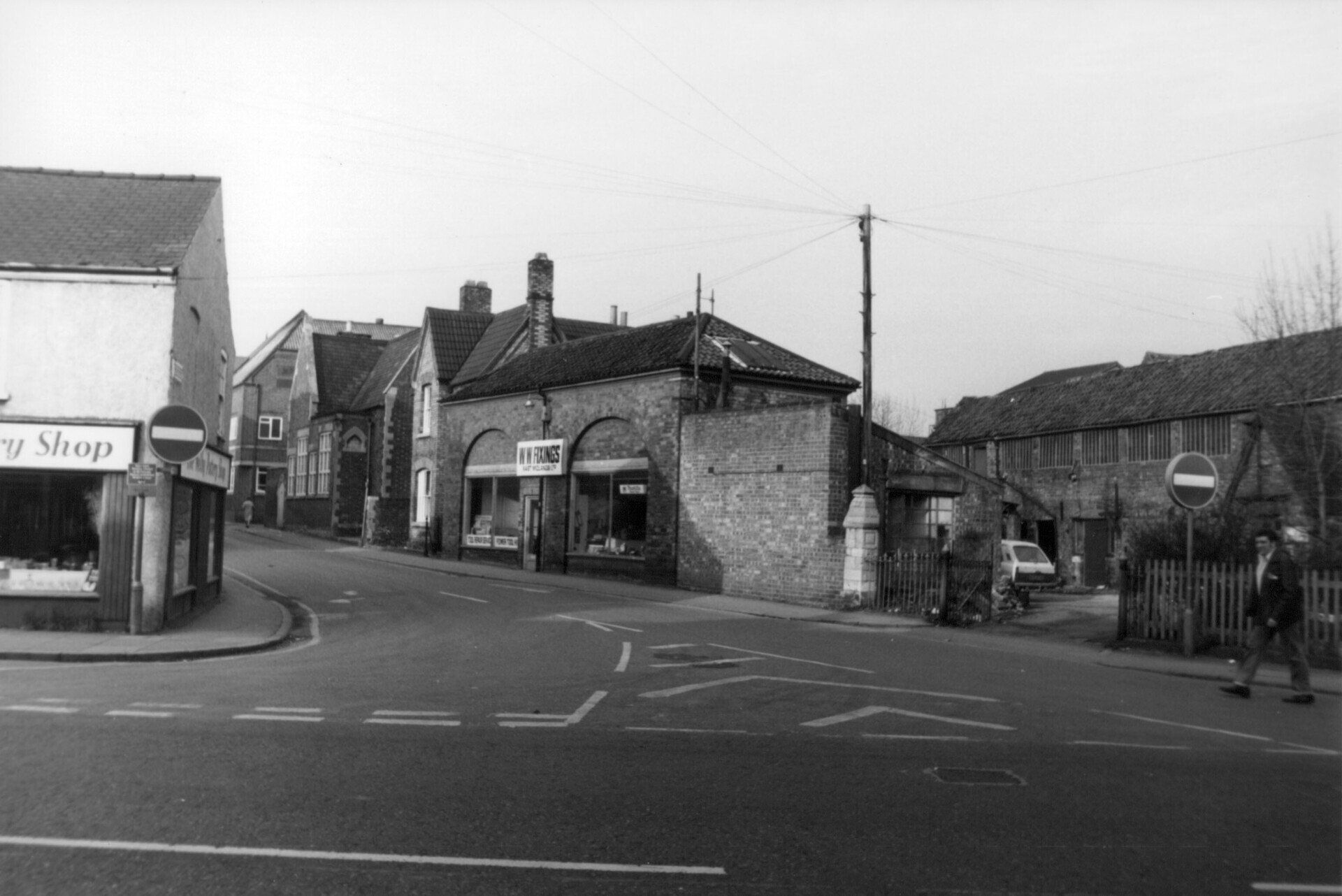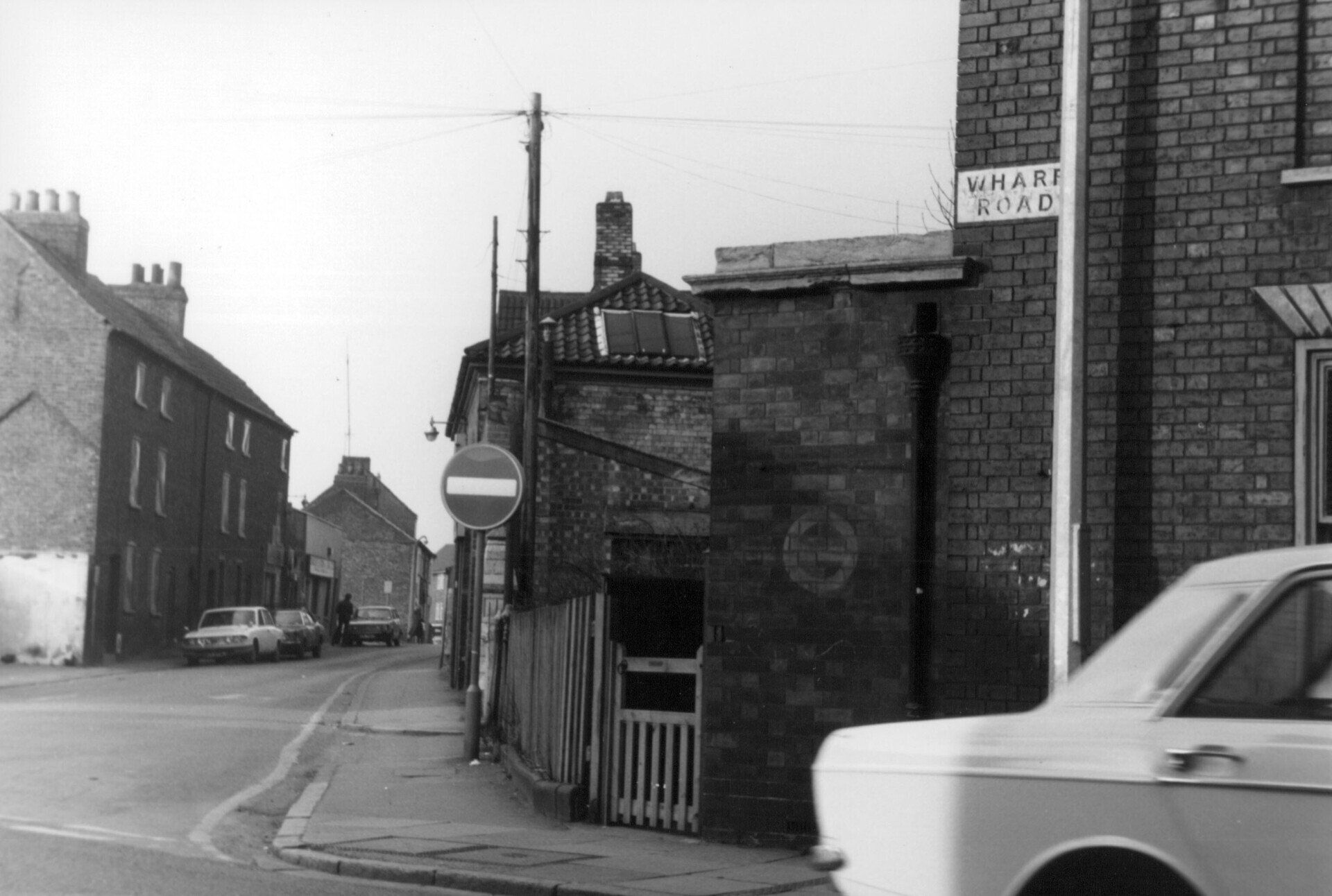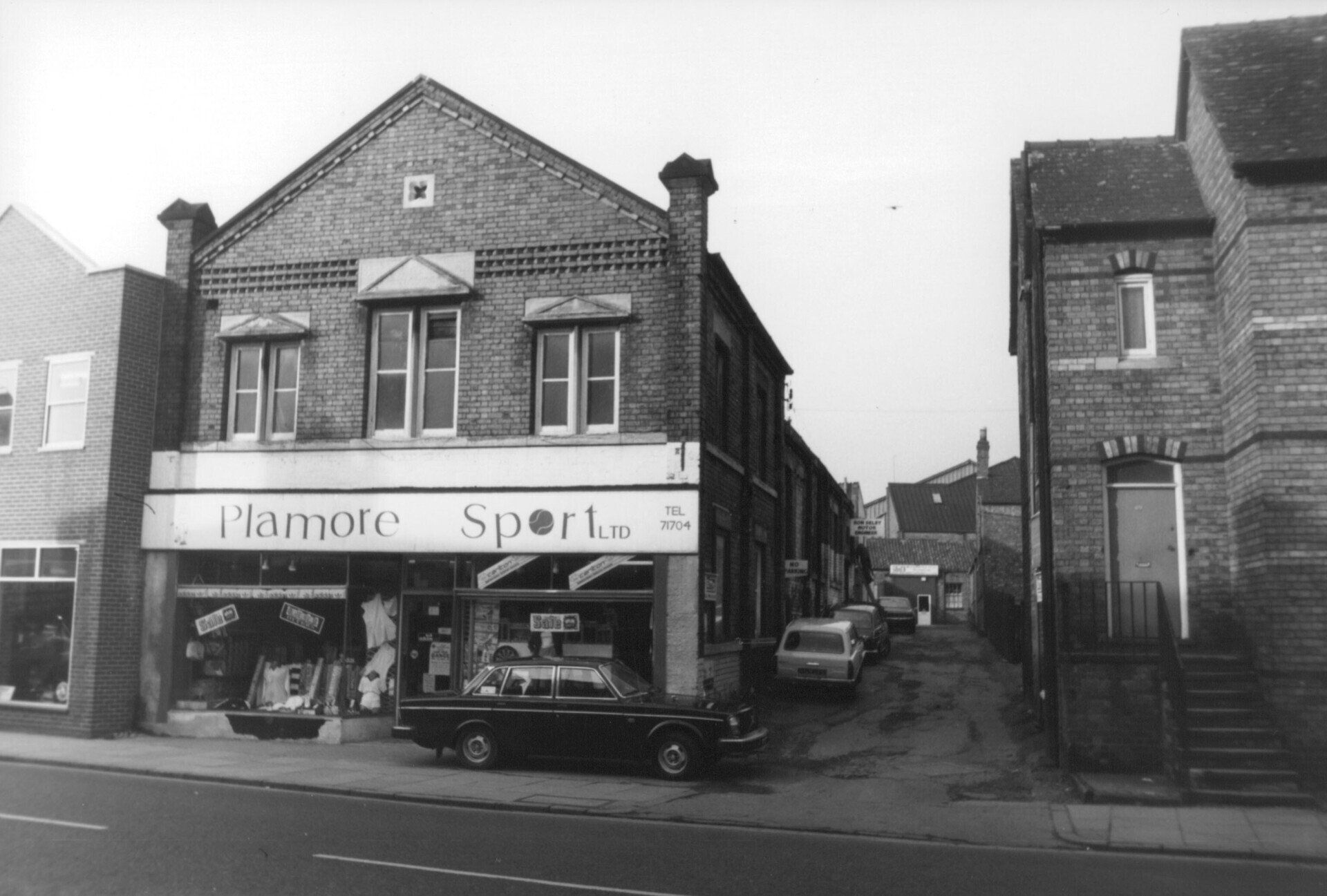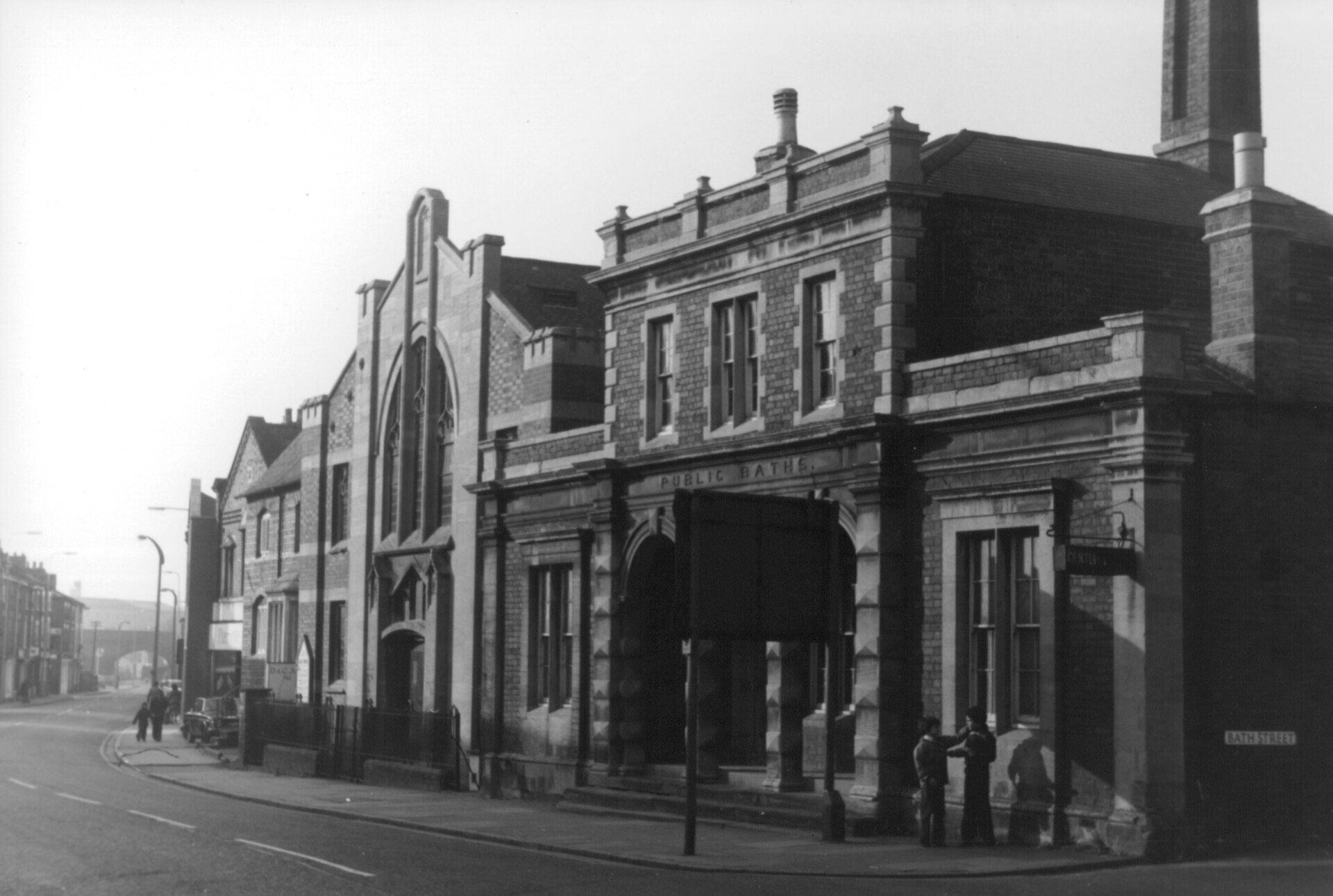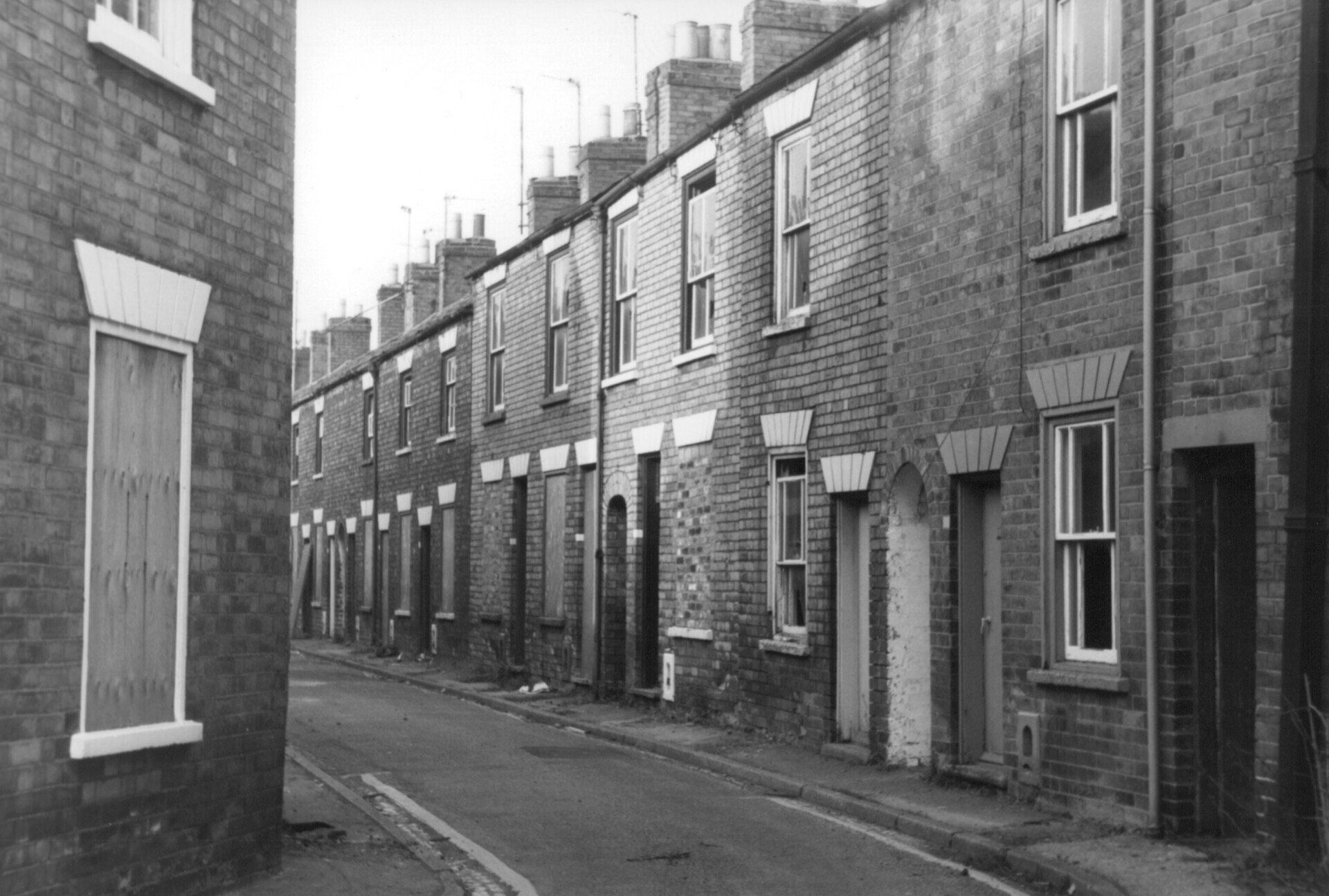The son of a family of shop keepers he was born in Welham Street. His grandfather helped to build Manthorpe church. William was a clever boy who was Head Boy at the Grammar school. He went up to Oxford and studied Divinity and later became a clergyman and army chaplain in WW1 at Gallipoli (not far from L/C Walter Parker). He became Dean of Oriel College Oxford in 1925 and was then chosen to be Archbishop of Brisbane in Australia in 1934. After 9 years abroad he returned as Bishop of Bath and Wells in 1943 but for only two years. He had come to the notice of Brendan Bracken and via him to Winston Churchill as being the man to head the reconstruction of London’s churches and diocese after WW2. In 1945 he was enthroned as Bishop of London. He was a distinguished churchman and academic – he wrote over 40 books. Retiring at 70 he became a canon in St Paul’s Cathedral
William Wand
Author name
RECENT ARTICLES
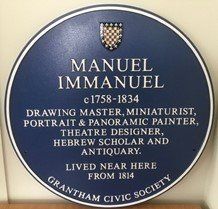
Manuel Immanuel was thought to have been born around 1758. He may have been the son of a painter and illustrator of manuscripts of the same name in London. He was an immensely talented artist, and also designed scenery and interior designs of theatres. He used transparencies and lamps to illustrate his work, often illustrating full size animals such as elephants. In 1805 The New Street Theatre on Red Lion Street in Boston was built to house Robertson’s Touring Company. When it was completed in January 1806, it could accommodate 1,079 people. It was reported that the interior decorations from ‘the Masterly pencil of Mr Immanuel, evince a taste and genius, which add to the reputation he already acquired as an artist’. Whilst in Boston he joined the local Lodge of Freemasons. In 1809, there were many celebrations to commemorate King George III, who had acceded to the throne nearly fifty years before. At St Ives in Cambridgeshire, Mr Immanuel, who was at that time living in Bedford, painted a large transparency and was given huge acclaim for his work. At was noted that he had recently produced a similar piece in Huntingdon.
